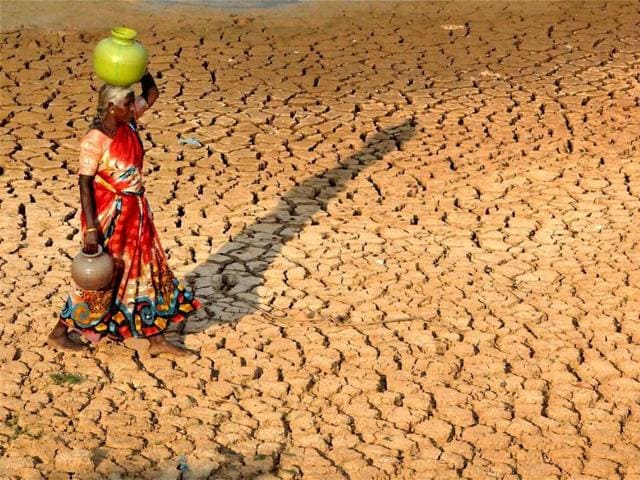There are flaws in the SC drought ruling
But the Centre must set up the national plan on disaster management as promised in the Disaster Management Act, 2005
Last week, responding to a PIL filed by Swaraj Abhiyan, the Supreme Court gave several directives to the Union and state governments on drought management. First, the SC directed the Centre to establish a National Disaster Mitigation Fund (NDMF) within three months. Within hours of the court’s directive, finance minister Arun Jaitley said: “We have the National Disaster Response Fund and the State Disaster Response Fund and now we are being asked to create a third fund. The appropriation Bill is being passed. Now outside this Bill, we are being told to create this fund. How will I do that? India’s budget-making is being subject to judicial review ......Step by step, brick by brick, the edifice of India’s legislature is being destroyed.”

The NDMF, however, is not a third fund; it is provided in Section 47 of the Disaster Management Act, 2005. It was passed after scrutiny by ministries, the Cabinet and also the Standing Committee of the ministry of home affairs, which was headed by an important leader of the Opposition.
Read | Centre to spend 65% of rural fund to tackle drought, water shortage
Yet, after the process, the then government decided not to create the fund as it felt that any expenditure on disaster mitigation should be met by respective central and state ministries. This view was endorsed by the 13th Finance Commission. So the government did not notify this section of the Act. Surely the SC should have considered these issues before directing the constitution of another fund.
At that time, the executive should also have considered the difficulties of creating a new fund before proposing it in the Bill and the legislature should have scrutinised it before approving it. This is one of many examples of executive ineptitude, legislative imprudence and judicial overdrive that are compounding the challenges of governance.
The SC’s second direction to the Centre is to set up the National Disaster Response Force (NDRF) as mandated under the Act. It is surprising that the court passed such a directive when the force is in operation for over a decade.
Read | Revise drought rules as buck stops with you, SC directs Centre
While commending the National Manual for Disaster Management (NMDM) as a “meaningful and well researched document”, the court directed that the manual be revised delineating possible factors to be taken into account for declaration of drought and setting a time limit for such declarations.
In fact, the NMDM had examined the key indicators of drought that are tracked globally and recommended a mix of indicators for Indian states. The manual had recommended that ‘ideally’ states receiving south west monsoon should declare drought in October, and states receiving north-east monsoon should do so in January. This is a good advisory for states that have the primary responsibility for disaster management in a federal country like India. Can such a manual of the Centre usurp the policy space of a state? The SC refrained from addressing this important constitutional issue in its judgements on drought.
Read | Frame national policy to address drought: Supreme Court to govt
The judgement pointed out several instances of executive inaction. Some of these are too glaring to be excused. Three governments — Bihar, Gujarat and Haryana — failed to declare drought when drought-like conditions prevailed in many parts of the states, as the NMDM mentioned.
It is not necessary that a state government declares drought in the entire state when only parts are affected. This is dereliction of duty on the part of the three states is an infringement of Article 21, the right to life and personal liberty. That Gujarat declared drought in April — six months after the kharif crop was harvested — is an admission of the failure to act in time. The Disaster Management Act of 2005 had stipulated that a national plan should be drawn up and that should be reviewed and updated annually. The Centre must not delay in setting this up.
Read | PM Narendra Modi reviews drought, water scarcity in Gujarat
A decade has passed but the national plan is still not in place. The Comptroller and Auditor General of India pointed this out in 2011 and the Public Accounts Committee pulled up the government for its inaction but the plan is still elusive. One only hopes that the national plan on disaster management is released before the court finds another opportunity to criticise the executive.
PG Dhar Chakrabarti is distinguished fellow, The Energy and Resources Institute
The views expressed are personal





